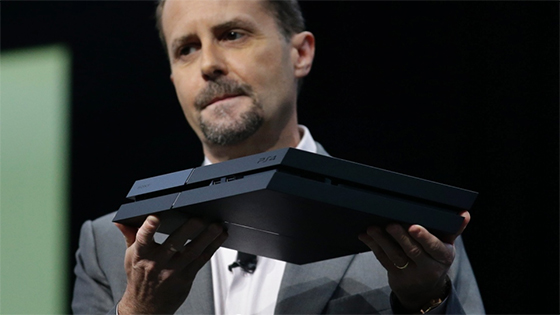E3 vs PR – Part II: The Whirlwind of E3’s Media Days
The Monday and Tuesday of the annual E3 week are always a fascinating pair of days to watch unfold from a PR perspective. The show floor opens its doors to attendees on Tuesday afternoon, but by then, an entire story has been told to the media through a series of conferences, briefings and events that kick off the week.
E3 seems unlike any other industry trade show on the planet. It’s equivalents in other industries, from television, to film, to fashion, to food, all seem tame by comparison. At least, from the perspective of public relations.
E3 Media Days are a true spectacle, an arena of competing messaging, bold announcements, industry rivalries and value propositions from large corporations to millions of people watching in the auditoriums and at home via internet video streams.
Game journalists traveled from one auditorium to the next all day yesterday, taking in the annual shows that industry magnates Microsoft, Electronic Arts (EA), Ubisoft and Sony had on display.
Watching these media briefings at home has become a tradition for me and my gamer friends. Monday is ‘E3 Day’. We drown ourselves in E3, letting each company have their go at us, the willing gaming public, in an attempt to win our dollars the following holiday season.
It’s always a lot of fun, but not just because we’re excited to see the newest games, products and services coming our way over the year; it’s exciting because it’s a rare opportunity for these companies to engage in media narratives and theatrics in a truly competitive way.
As I said earlier, E3 is unlike almost any other industry trade show on Earth because of these Media Days. These two days are a competitive gauntlet of major hardware developers and publishers desperately trying to simultaneously outgun and outdo each other, while also make that effort completely invisible, while ALSO ensuring their key messages are getting across.
It’s a feat these companies engage in every year, and watching them stumble is half the fun.
The online community – forums, message boards, blogs, news sites and of course, enterprising individuals with a copy of Photoshop handy – go nuts with mutating those messages into internet memes, jokes, animated GIFs, slide shows and more. It’s our turn to take our ‘gaming monarchy’ and tear them down, reveal them for what they are, applaud them for their successes and call them out on their false claims and pre-tense.
And this, annual, engaging, participatory endeavour? That’s the other half of the fun.
And it’s bloody good fun.
It’s how we gamers at home participate in E3, and in many ways, it’s exactly what these industry giants hope we’ll do. They just hope dearly that their competitors are the ones at the end of our jokes, instead of themselves.
They’re often wrong. They’re often extraordinarily puzzled as to how one of their messages got so Broken-Telephone’d on its way from High-Level executive meetings, to presentation drafts, to presenter’s oration, to our eager ears. Sometimes it’s just a misuse of words. Sometimes it’s a concept poorly illustrated for the average gamer – we are dealing with an industry that attempts technological and conceptual innovation at every turn. And much of the time, it’s just a blatant misstep, an obvious sign that a large company, whether American, European or Japanese, has gotten something wrong because they’re so comically out of touch with one or all of their target audiences and markets.
That’s E3. That fun interplay between corporation and consumer, and it’s a fascinating series of PR theatrics that you rarely see in any other industry.
It’s a week – and in the case of these Media Days, a pair of days – that I wouldn’t miss for the world. It’s Christmas for gamers, and this year delivered.
How? That’s Part III.
Previously on E3 vs PR:
Part I: XBox One – How Microsoft let their key moment get ‘xboned’





